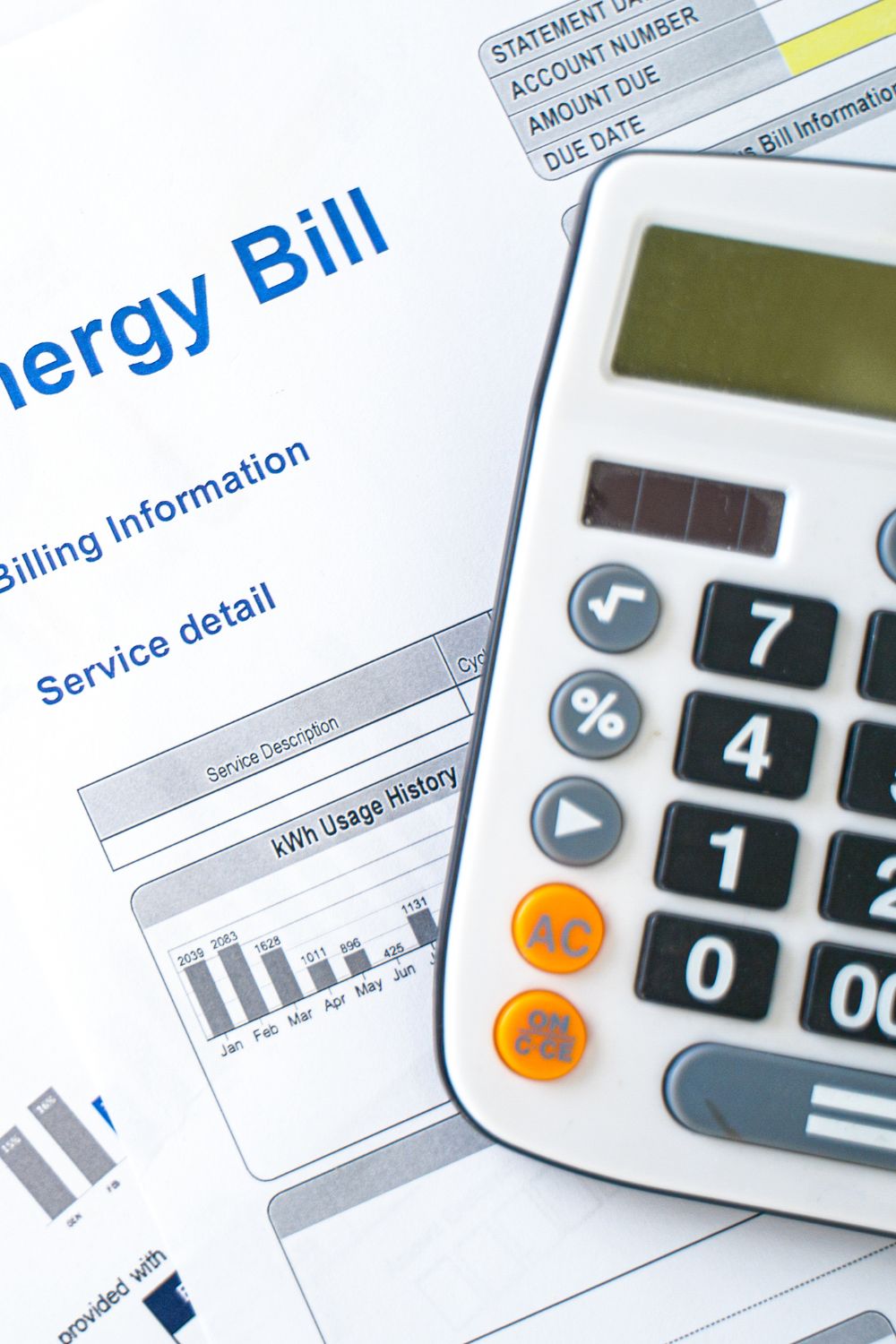Is your power bill too expensive from your AC? Here are some tips on lowering it.
Power Bill Too Expensive from Your AC? Tips on Lowering It
With the cost of electricity continuing to increase like other utilities, people are finding that the convenience of simply turning on the air conditioner isn’t as acceptable as it used to be in the past. Now, when people want to cool down, they may need to consider other alternatives. Fortunately, there are air conditioning energy-saving tips that reduce the heat inside a home without needing to use the AC all the time.
Starting Simple – Prevent Heat Through Windows
Blocking the windows can be a very effective way of changing the temperature inside a home most times when it gets very hot outside. The heat that comes into a home is usually coming through the windows first. Anyone can use drapes and blinds to simply block the radiant heat outside from passing through into an affected room. This prevents the room from heating up due to sunlight, and then the drapes or blinds can be opened later to let air in when it is cooler.
Venting the home significantly during the early morning hours and the evening is a very old-fashioned way of cooling down a home without relying on the AC. In the morning, the air is the coldest. The same air can come enter a home easily and reduce the temperature, especially if it’s replacing trapped air from overnight. When the heat of the day is over in the evening, opening the windows and letting in an evening breeze can also easily reduce the temperature of the home, as the outside air drops faster in temperature than the inside of the home in most cases.
Push the Air Around with Fans
The use of room fans helps distribute air significantly so that it doesn’t build up and become extremely stuffy. Forcing air to move pushes cool air down to the lower levels. Fans can distribute the air so that where people are it’s cooler, and the hot air stays further up towards the ceiling. This is particularly useful in multi-level homes where the bottom floor of the home can be quite comfortable while the heat travels upward.
Seal Up the Gaps
The use of weatherstripping as insulation blocks the loss of cool air inside the home to the outside, where it’s hot, just like during the winter. Weatherstripping fills in the gaps in windows and doors where air can travel and changes the temperature of a room quickly. Leaking cool air also tends to drive up AC use as the system keeps turning on frequently to re-cool an affected room.
Smart Vents Should be Looked At
Unlike an AC, the use of additional HVAC equipment such as a smart vent takes advantage of the difference in temperature outside versus the temperature inside the home. Rather than using an air conditioner when the temperature gets cooler outside, the smart vent in a home kicks on and starts pulling in the cooler outside air to re-balance the inside of the home. This works particularly well for homes that can be vented via the windows when no one is home. The smart vent can be scheduled to turn on and pull in outside air so that when the homeowner arrives the house is already cooled down inside.
Geo-Thermal Cooling as an Option
Finally, in terms of bigger commitments, a geo-thermal regulating system, or heat pump, can bring cooler air from beneath the ground into the home, reducing and cooling it. Considering these types of systems does involve a bit of a commitment regarding a larger project. Once installed, air from inside the home is pulled into the system and moved underground where the temperature is much cooler. The hot air temperature is reduced, and then the cold air is pumped back into the home, reducing the heat inside. Geo-thermal systems allow homeowners to enjoy a very balanced range of temperatures in the 60s and low 70s versus the outside, which could be 90 or 100 degrees in the heat of the day.
Lots of Options, From Small to Big
There are multiple ways to reduce the heat in a home without having to run the air conditioner 24/7. They range from small fixes to large investments. And in every case, they’re going to have a direct impact on reducing the use of the air conditioner, which of course reduces the cost of the AC as well.


Leave A Reply!